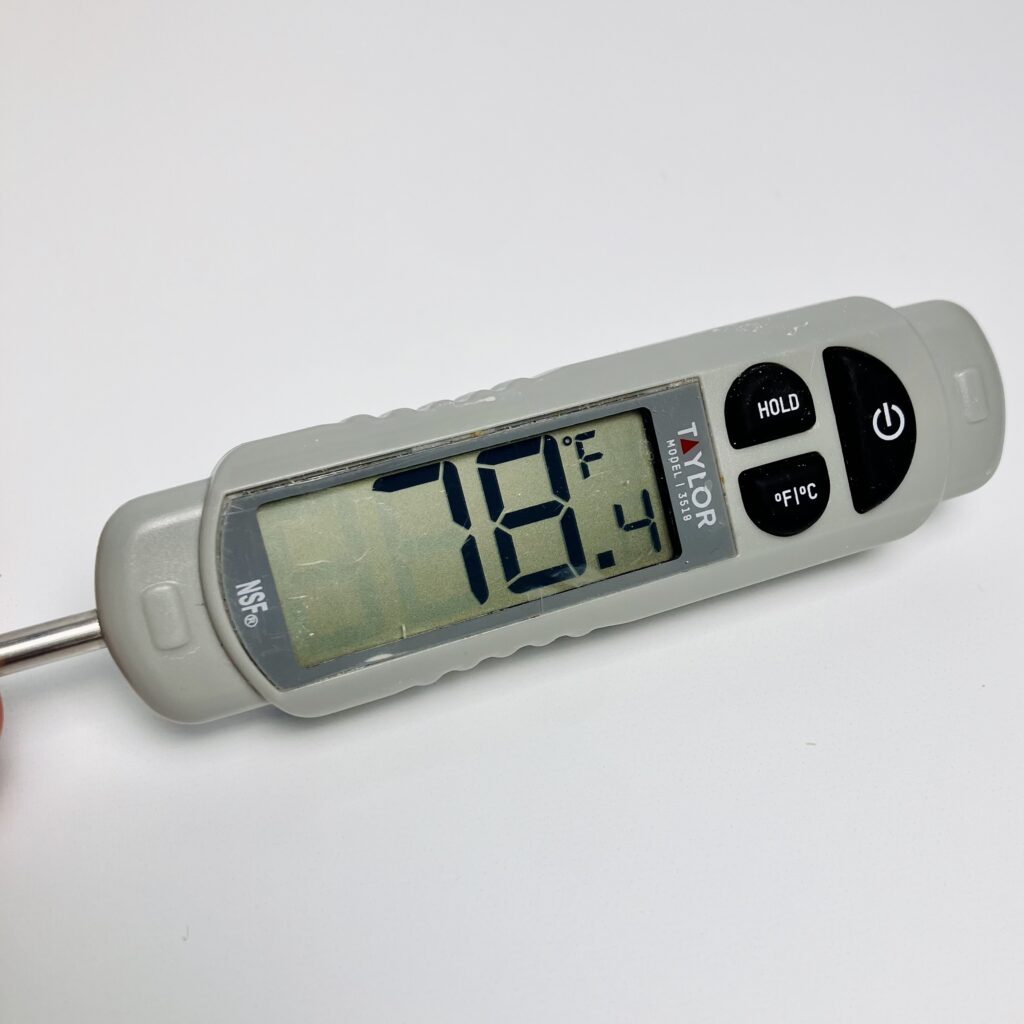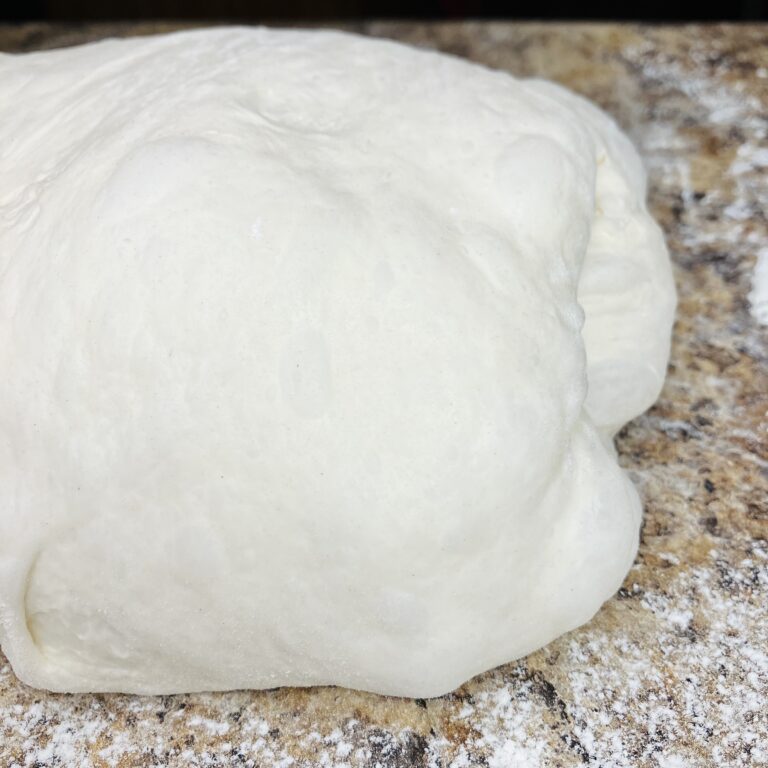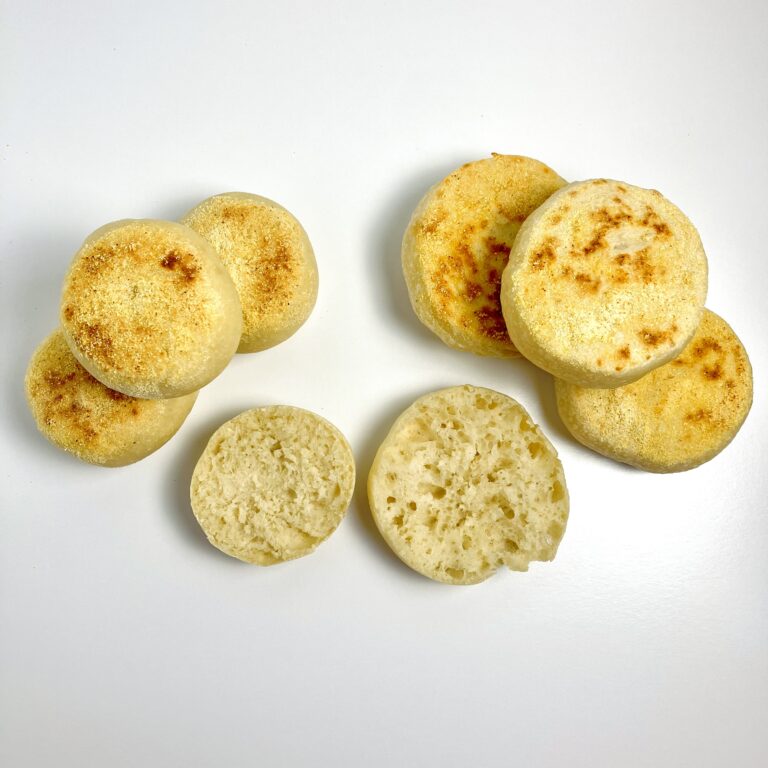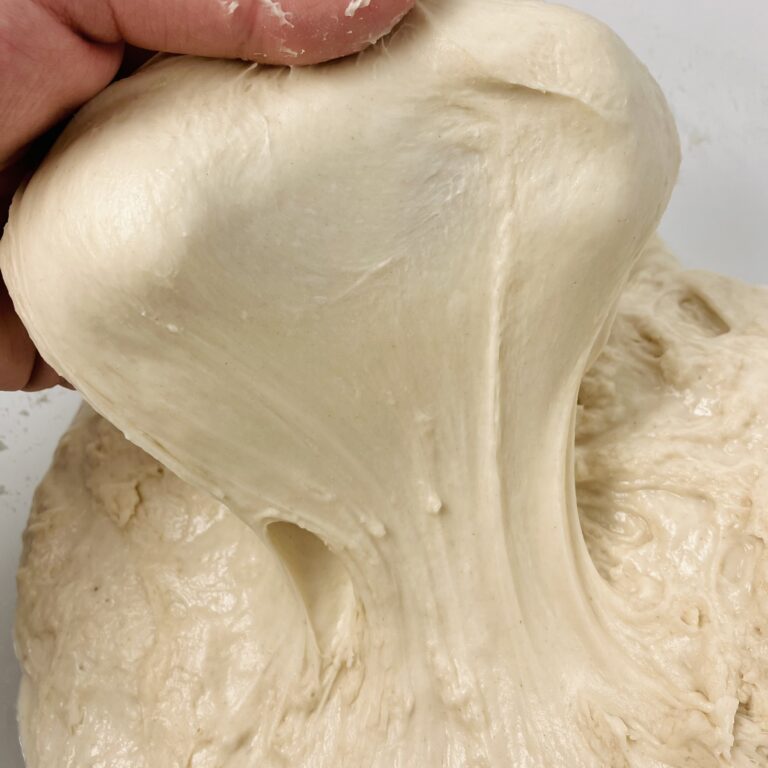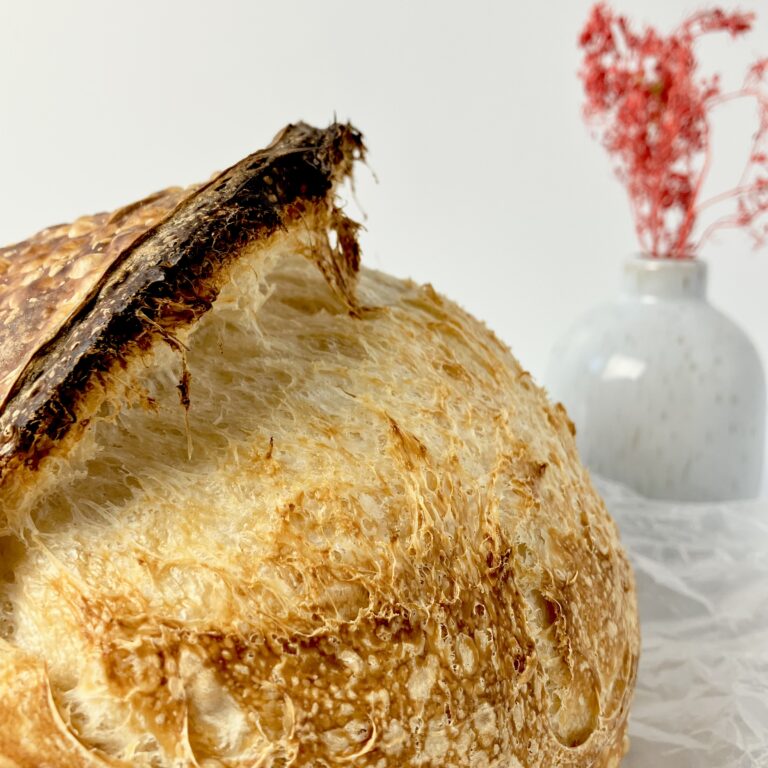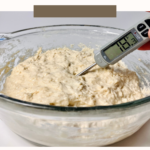Understanding dough temperature and its effects on fermentation is critical to mastering the art and science of baking bread. While mastering dough temperature is not essential to baking good bread, comprehending its effects can lead to better, and more consistent, results in baked products.
Skilled bakers master their control over dough temperature to create products with their desired crumb structure, flavor development, and appearance. Too high or too low temperatures at different stages of the process can lead to various issues, such as overly rapid fermentation, poor gluten development, or insufficient yeast activity.
Understanding the principles of dough temperature management empowers bakers to optimize the fermentation process, allowing for the development of complex flavors and achieving the ideal texture in the final product. As a fundamental aspect of the baking craft, mastering dough temperature opens the door to endless possibilities in creating a wide range of delicious and perfectly baked goods.
In this article:
- What is dough temperature?
- A Breakdown of the science of dough temperature
- How is dough temperature measured?
- Why is dough temperature important?
- Do I have to keep track of dough temperature?
- Dough Temperature + Using the refrigerator as a tool
- What is an ideal dough temperature for proofing sourdough?
- What is desired dough temperature?
- How do I calculate desired dough temperature?
- How do I adjust friction factor? (Bread Geeks Only)
- How do I maintain my desired dough temperature during bulk fermentation?
- Final thoughts on dough temperature
- What questions do you still have about dough temperature?
- Join the Email List
What is dough temperature?
Dough temperature refers to the temperature of bread dough during bulk fermentation, beginning directly after the dough is mixed and ending just before the dough is shaped. It is a critical factor in controlling the fermentation rate, yeast activity, and enzymatic reactions, all of which significantly impact the final characteristics of the baked bread.
A Breakdown of the science of dough temperature:
Yeast Activity:
- Yeast, a crucial ingredient in bread making, found in sourdough starter, is a microorganism that ferments sugars in the dough to produce carbon dioxide gas and alcohol. The rate of yeast fermentation is highly temperature-dependent. Warmer temperatures generally lead to faster fermentation, while cooler temperatures slow it down. Controlling the dough temperature helps regulate the yeast activity and fermentation rate, influencing the rise and structure of the bread.
Enzymatic Activity:
- Enzymes in the flour become active during the mixing and fermentation stages. These enzymes play a role in breaking down starches into sugars and proteins into smaller peptides and amino acids. The rate of enzymatic activity is also influenced by temperature. Optimal dough temperature ensures that enzymatic processes contribute to flavor development, dough extensibility, and overall dough structure.
Protein Denaturation and Gluten Formation:
The proteins in flour, primarily gluten-forming proteins like glutenin and gliadin, undergo changes during dough mixing and fermentation. These proteins need sufficient time and appropriate temperatures to form a strong gluten network, which gives bread its structure and texture. Proper dough temperature promotes protein denaturation and gluten formation.
Gas Solubility:
- Carbon dioxide produced during yeast fermentation dissolves in the dough. Higher temperatures reduce the solubility of gases, causing carbon dioxide to be released more quickly from the dough. This impacts the volume and texture of the final bread.
Enzymatic Browning:
- Enzymes in the dough can also contribute to browning reactions, affecting the color and crust development of the bread. Temperature influences the speed of these reactions.
How is dough temperature measured?
Dough temperature is measured simply by sticking an instant-read thermometer into the center of the dough.
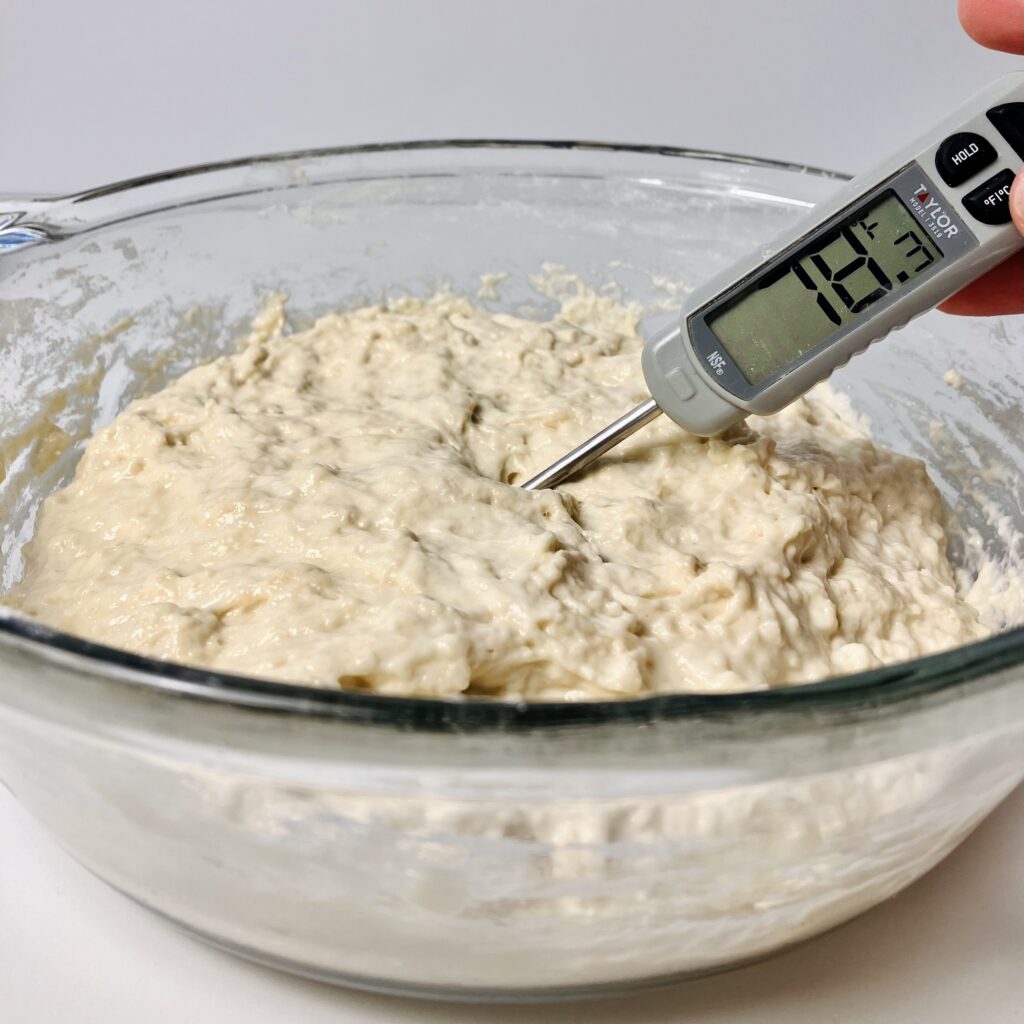
Why is dough temperature important?
Dough temperature is important to consider and measure in order to produce consistent results. It goes hand-in-hand with fermentation. If the dough is too warm, accelerated fermentation occurs, potentially resulting in overproofing and undesirable flavors. On the other hand, if the dough is too cold, fermentation may be sluggish, and the final product might lack flavor and proper texture.
When dough temperature is measured and maintained throughout the fermentation process, and the same dough temperature is applied to each and every loaf of bread, the baker can better predict how long fermentation will take with each loaf, and produce a consistently delightful outcome each and every time.
Do I have to keep track of dough temperature?
Absolutely not. It is not essential to track dough temperature in order to make good bread. What is more important is understanding the signs of bulk fermentation completion, dough temperature’s relation to how fast or slow bulk fermentation will occur, and how dough temperature will affect a loaf that is refrigerated for any part of the fermentation process.
The main affect of dough temperature has to do with fermentation rates, as the temperature of the dough may significantly speed up or slow down fermentation. Knowing what to look for and understanding how to tell when fermentation is complete is most important over everything else. In essence, dough temperature will effect the time it takes to bulk ferment a loaf of bread, which could be anywhere from four to sixteen hours.
All in all, tracking the exact temperature of bread dough with each bake is not essential to making good bread; rather, understanding the signs of fermentation completion and how fast or slow this may occur is most important.
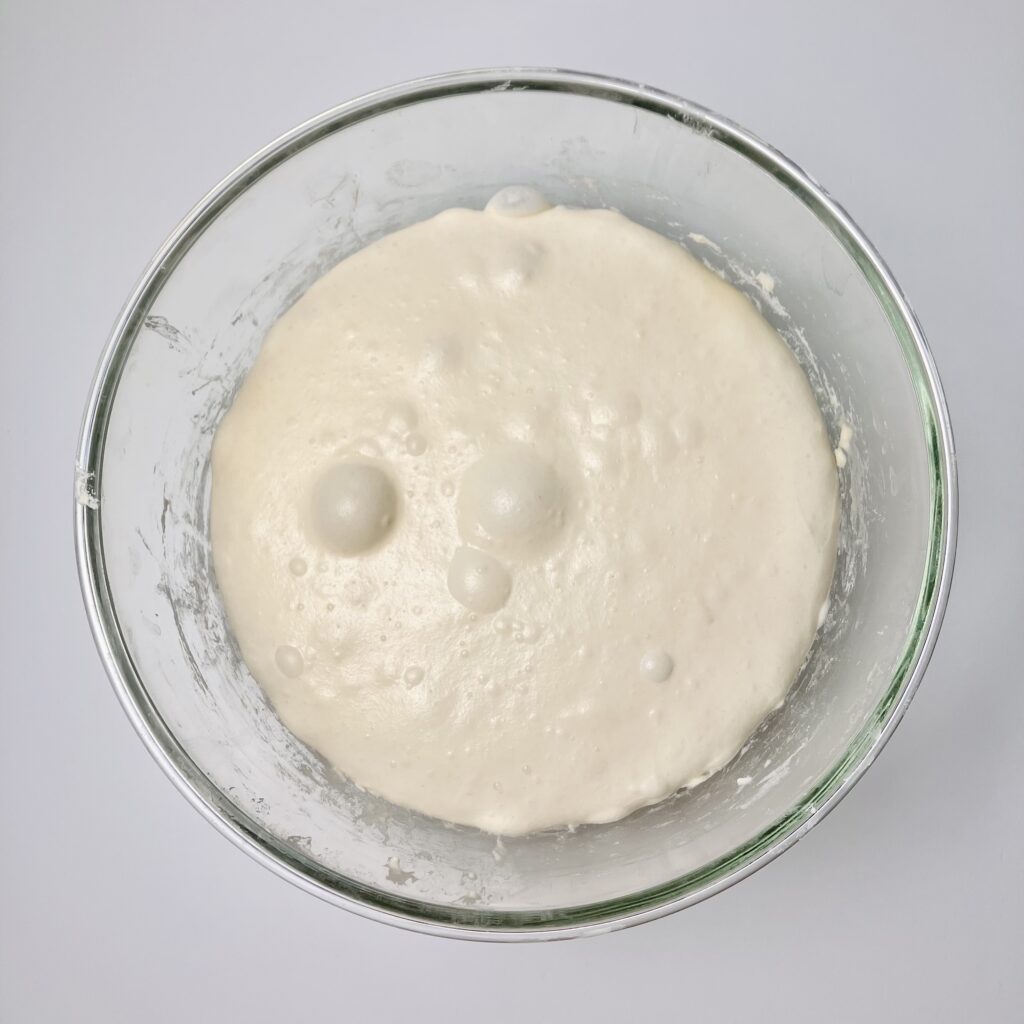
Dough Temperature + Using the refrigerator as a tool:
It is most important to understand and consider dough temperature’s effects on bread when using the refrigerator as a tool. The refrigerator can be used as a tool in various parts of the bread-making process, from bulk fermentation to a cold final proof. The warmer the dough, the longer it will take to cool to the temperatures of the refrigerator. This means that a warmer dough will proof more than a cooler dough in the refrigerator, which could be beneficial or detrimental, depending on the circumstances.
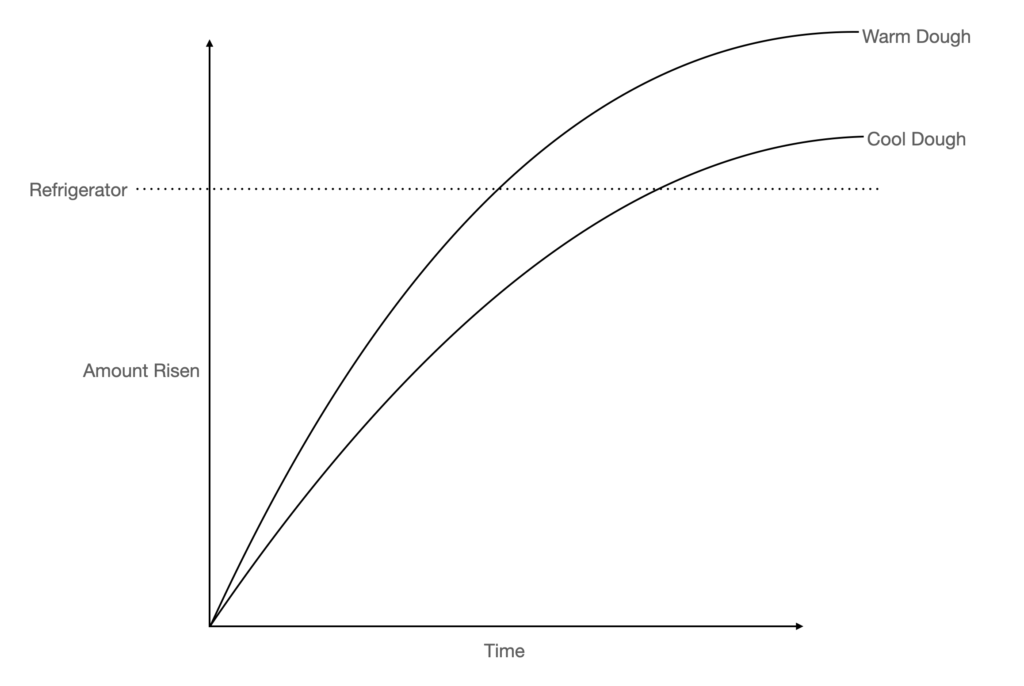
What is an ideal dough temperature for proofing sourdough?
Ideally, a dough temperature between 75-78 degrees Fahrenheit will create the perfect climate for yeast, as well as create reasonable and manageable fermentation times in the sourdough world (four to eight hours, depending on preference).
Though a dough temperature of 75-78 F may be ideal, yeast can still ferment effectively anywhere from 70-85 degrees Fahrenheit, given the baker watches fermentation closely and knows when to move on to the next step.
What is Desired Dough Temperature?
Desired dough temperature (DDT) refers to the ideal temperature of the dough during the mixing and kneading process, taking into account several variables, such as: initial temperature of the ingredients (flour, water, sourdough starter, etc.), friction factor, and the ambient temperature of the environment. The goal is to reach a specific temperature that promotes optimal yeast activity and enzyme function, resulting in proper fermentation and flavor development.
While desired dough temperature can be different for every recipe, typically this falls into the range of 75-78 F.
How do I Calculate Desired Dough Temperature?
Since DDT is only an ideal temperature, the baker must know how to achieve it. The actual temperature of the dough after mixing and kneading is referred to as “final dough temperature” (FDT). Not knowing how to calculate DDT to achieve the proper FDT can lead to varied and inconsistent results.
The formula for calculating DDT looks something like this:
DDT = (Temperature of Ingredients + Friction Factor + Ambient Room Temperature) / (Number of Variables – 1)
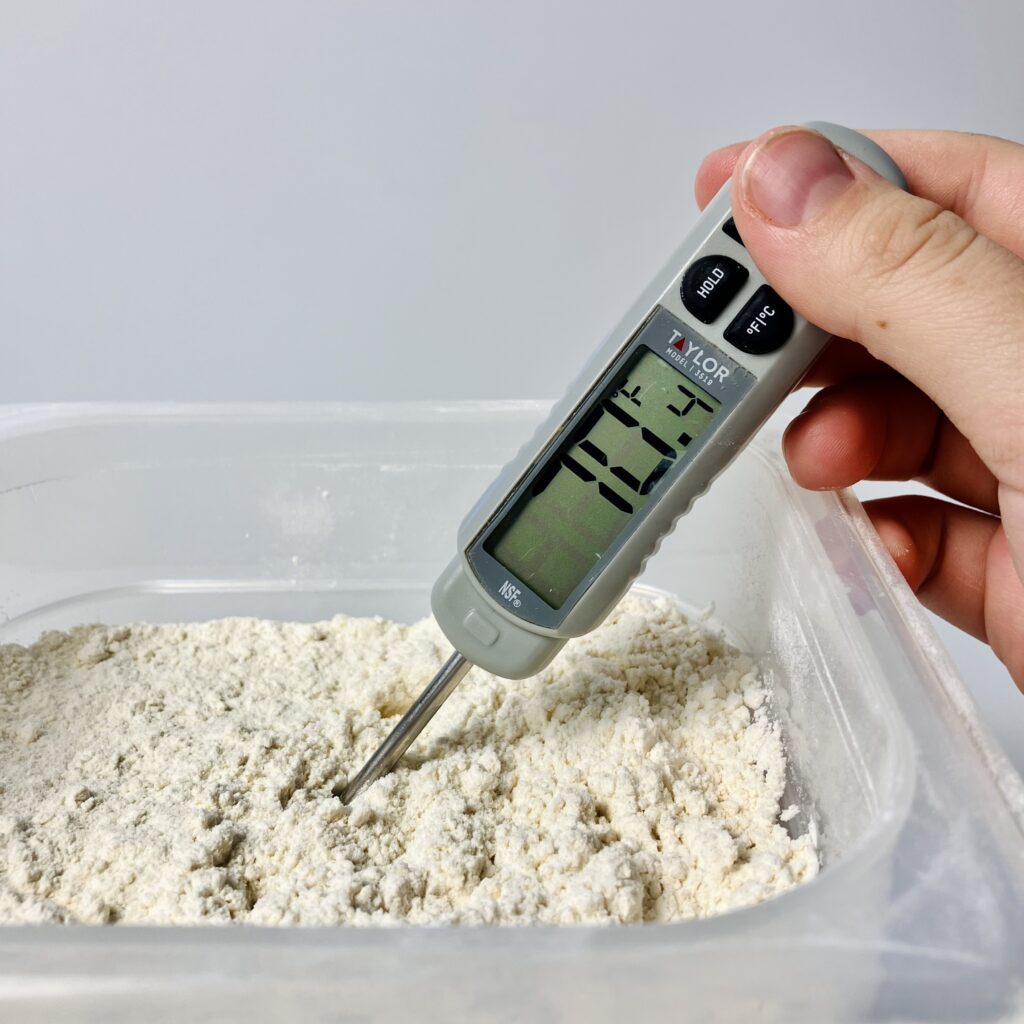
Friction factor is simply the amount the dough will heat up when mixed with a mechanical mixer or by hand. Friction can be applied as an estimated, predetermined variable. If whipping your dough on medium to high speeds in a stand mixer for 15-20 minutes, apply “30” as the variable for friction. If using a stand mixer to mix the dough on a low speed (speed 2 on a KitchenAid) for 8-10 minutes, apply “25” as the variable for friction. If kneading the dough by hand on the counter for 8-10 minutes, apply “5” as the variable for friction. Last, if mixing your dough by hand and performing folds as the form of gluten development, apply “0” as the variable for friction.
When calculating DDT to achieve a specific FDT, the baker is usually looking for the necessary temperature of an ingredient they can control. In most cases, this is water. The room temperature, temperature of flour, and temperature of starter can be somewhat controlled, but by the time dough is being mixed, these variables are what they are. Meanwhile, water can easily be heated up or cooled down to achieve a FDT as close to the DDT as possible.
To determine the temperature water should be to achieve DDT, the process goes as follows:
Plug known variables into the equation (below are simply example variables, and how each variable can be obtained):
- DDT = 78 F (this variable is usually given in a recipe)
- Temperature of Flour = 70 F (this variable can be checked by placing an instant-read thermometer directly into the bag of flour)
- Temperature of Starter = 72 F (this variable can be checked by placing an instant-read thermometer directly into the sourdough starter)
- Temperature of Water = ? (this is the unknown, controllable variable that is being searched for)
- Friction Factor = 25 (in this case, the dough is kneaded in a stand mixer on low for 8-10 minutes)
- Ambient Room Temperature = 70 F (this variable depends on the temperature of the baker’s home)
Using these example variables, the equation above now looks something like this:
78 = (70 + 72 + X + 25 + 70) / (5-1)
Now, solve for “X” to determine the temperature of the unknown, controllable variable, which in this case is water.
78 = (237 + X) / 4
312 = 237 + X
75 = X
In this instance, heating the water to approximately 75 F will help achieve a FDT as close to the DDT as possible.
How do I adjust friction factor? (Bread Geeks Only)
As previously mentioned, the friction factors given above are predetermined estimates that may or may not lead to an exact DDT as the FDT. To know how to adjust friction factor for your calculations take the difference between FDT and DDT and add it to the friction factor used in the original equation.
For example, say I used the formula above, but my FDT was 80 F, off-shooting the DDT by +2 F, meaning the mixer generated less heat than originally accounted for.
80 (FDT) – 78 (DDT) = 2
To adjust friction factor, add 2 (the difference between FDT and DDT) to 25 (the original friction factor used in the equation).
25 + 2 = 27
In this instance, “27” would be more appropriate to use as the friction factor the next time the dough is mixed in the same manner.
But, let’s say the FDT was 75 F, -3 F less than the goal of 78 F, meaning the mixer generated less heat than originally accounted for. Follow the same steps:
75 (FDT) – 78 (DDT) = (-3)
To adjust friction factor, add “-3” (the difference between FDT and DDT) to 25 (the original friction factor used in the equation).
25 + (-3) = 22
In this instance, “22” would be more appropriate to use as the friction factor the next time the dough is mixed in the same manner.
How do I maintain my desired dough temperature during bulk fermentation?
Maintaining DDT requires the help of a controlled environment. The number one most helpful tool for controlling DDT is a proofing box. Using a proofing box is as simple as placing the dough inside the box and setting the temperature of the box to the DDT. Some ovens and toaster ovens have a proof setting, and this can be an option as well.
Other methods of maintaining DDT are not as reliable, but they can help keep the dough warmed appropriately. These methods include: using a seedling or dough mat to warm the dough from the bottom or sides, using an oven (not running) with the light inside turned on, placing the dough inside a microwave with the door shut, and surrounding the bowl with warm water. In these instances, it may be helpful to check the dough’s temperature occasionally throughout bulk fermentation in order to make sure everything is on the right track, and that the dough is not too hot or too cold.
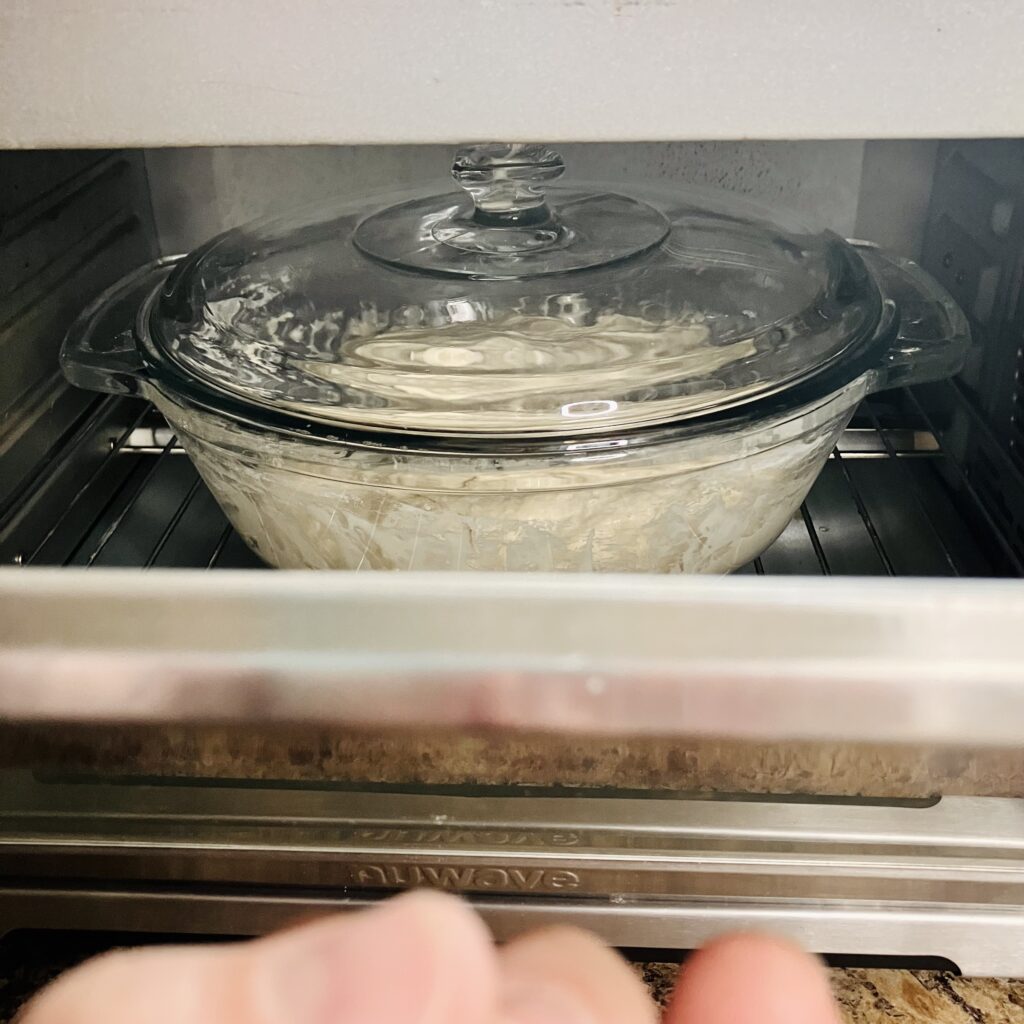
Final thoughts on Dough Temperature:
While dough temperature is an important factor to understand and consider in the world of bread-making, understanding bulk fermentation and the signs of its completion is most important. A dough temperature that is warmer will speed up fermentation, while a dough temperature that is cooler will slow it down. In addition, the temperature of dough can be incredibly important to consider when using the refrigerator as a tool, as a warmer dough placed in the refrigerator will rise significantly more than a cooler dough in the refrigerator.
Yeast ferment best at temperatures between 75-78 F. Calculating DDT to achieve a FDT in this range can be helpful for optimal fermentation. Though this step isn’t entirely necessary, it can be incredibly helpful for baker’s looking to achieve consistent and desirable results in their bakes.
What questions do you still have about dough temperature?
Is there anything I missed when covering this information? Or, anything you are still confused about or that could be explained better? Please let me know in the comments! I’ll be happy to answer your questions and even update this article, if needed.
Happy baking!
Join the email list
Join the email list to be notified when a new recipe or blog post comes out. No spam, just sourdough. Unsubscribe at any time.

